Experts explain what to do if your house is cooling unevenly – and why it happens in the first place
HVAC pros delve into why your house is hot in one room and cold in another, and what you can do about it
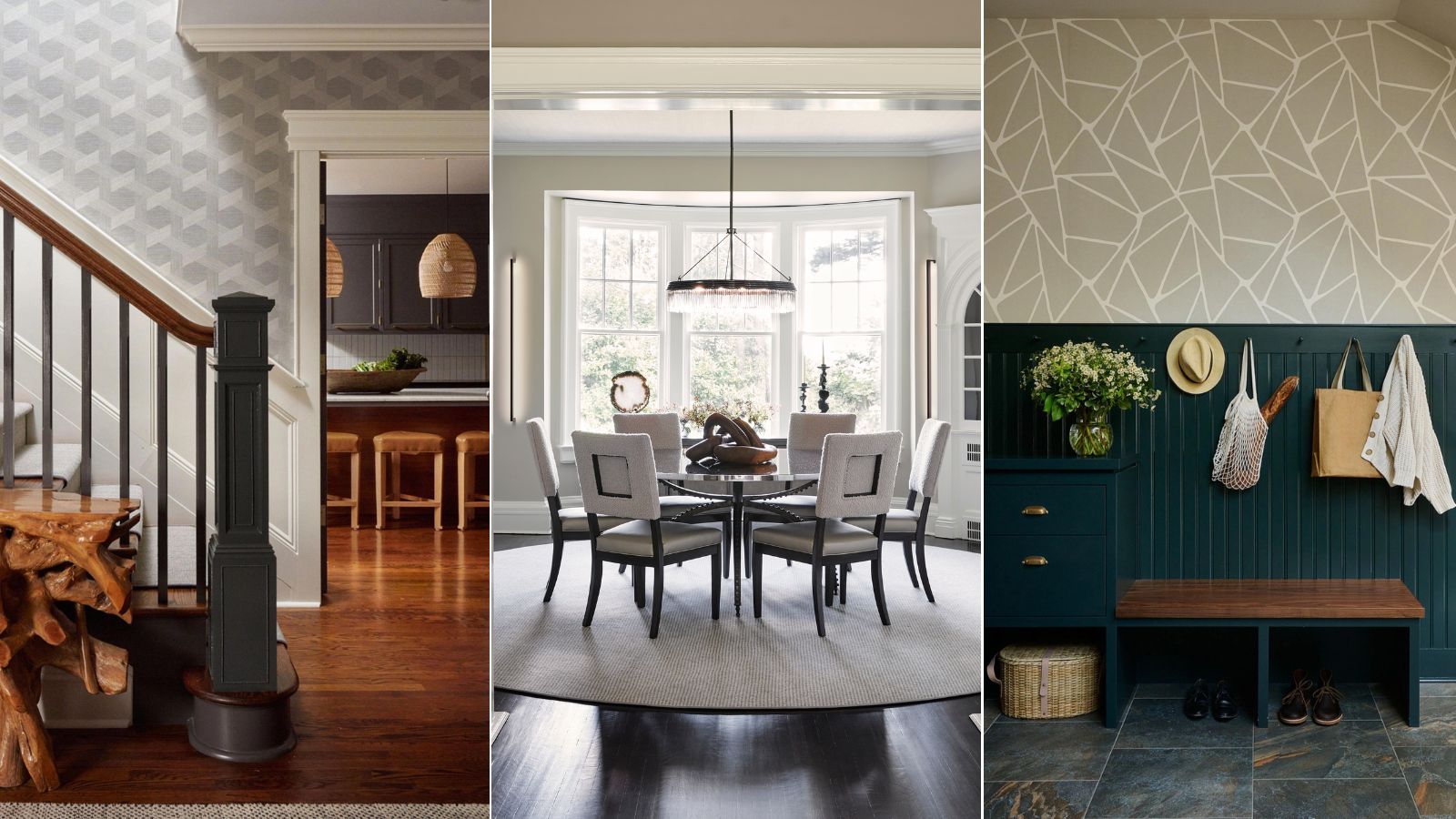

Want to know why your house is cooling unevenly? It's a common problem with homes large and small, old and new, with multiple variables leading to the mish-mash of temperatures.
Ideally, turning on the AC on a hot day should give you a consistently cool temperature throughout your home after an hour or so. In practice, many people find that even with the AC on, some rooms are significantly hotter than others, while the cooler rooms can be too cool.
Of course, buying one of the best fans can mitigate the heat, but then the legitimate question is: why am I paying for AC if I also need a fan? We've asked HVAC professionals with many years of experience to explain what can cause a home to cool unevenly, and what you can do to fix the problem.
Why is my house cooling unevenly?
Firstly, you’re not alone. In fact, HVAC expert and founder of heating and cooling company Quilt Paul Lambert tells us, ‘Rooms being different temperatures are inherent to the structure of most homes.’ The reasons why this happens are manifold, Paul explains. ‘Some parts of the home get more sunshine than others. Some rooms have better insulation than others. Some rooms have more windows.’
If your home has undergone a renovation, and especially if it had an addition at any point, you may find, ‘different parts of the home were built in entirely different decades.’ And those different decades would’ve had different regulations and standards for building materials, insulation, and more.
And that’s just what Paul refers to as the ‘passive elements.’ The other major issue is, he says, ‘If a home has a single central HVAC system, it’s almost impossible to control the individual thermal needs of each room.’ That’s because a central HVAC system means a single central fan for the entire home. ‘Some rooms are just physically further away from the central fan than others – rooms at the end of the ducting get less air than the rooms nearby.’
There are several air conditioning types, including spilt/ductless systems, but most older homes have a central HVAC system. That is assuming that everything is working correctly. If there is noticeably less air getting to certain rooms in the first place, you likely have a technical issue with your HVAC system.
Daniel Chavez, General Manager at AllPro Cooling, Heating & Electrical, explains that ‘Vents distribute cold air throughout your home through supply ducts, so if a home’s ducts are too small, have collapsed, or are leaking, that can limit airflow.’ If you live in an older home and no one has serviced the HVAC system in a while, the ducts could well be your problem.
In some cases, the fault lies with your HVAC refrigeration. ‘Low refrigerant levels restrict airflow and a blower with a low capacitator limits the speed of a HVAC unit, causing uneven cooling where only rooms closest to the unit are being cooled,’ says Daniel.
How will you know which problem you have? You likely won’t be able to tell for sure. As a general rule, however, if you put a hand next to all the vents and one (or more) feels like it’s not pumping out much air, you most likely have one of the technical problems that will need an HVAC professional to fix.
If the HVAC system is working properly and air is being pumped out fully out of all vents, the issue is most likely with your home layout, and you will need to take measures to mitigate the effects of uneven cooling.
Why is uneven cooling a problem?
The most obvious problem with a house cooling unevenly is the resulting discomfort. Some rooms may become nearly unusable during a heatwave, while others may actually get too cold, especially bedrooms that are already cool throughout the day.
But there’s another problem that results from a home cooling unevenly: an unnecessarily high energy bill. Trying to cut energy bills and an unevenly cooling house are not compatible. If your thermostat is located in a room that tends to heat up during the day, you may end up running the AC more than you actually need to. Other areas of the home will be cool enough long before the room with the thermostat will get there.
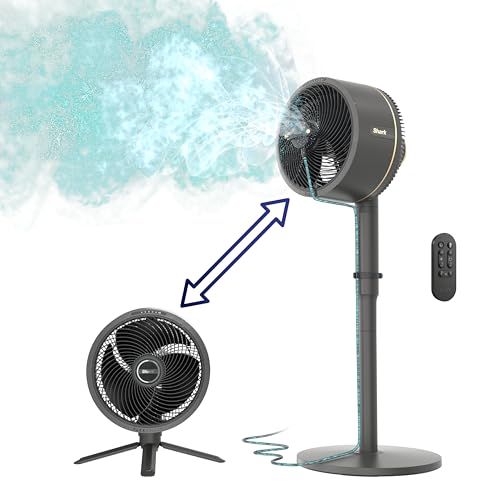
Our tester rated this fan our best overall, and gave it 5/5 stars for many features but particularly that it is quiet, powerful and can 'cool you down instantly'. It's portable and the battery lasts 24 hours, and can convert between pedestal and tabletop. After many weeks of testing this, our reviewer said it was the best fan they'd ever used.
For
- Powerful and portable
- Quiet
- Reasonably priced
Against
- No smart features but it has a remote which is handy
How to fix uneven cooling in a house
There are two ways to go about fixing a house cooling unevenly. One relies on minor tweaks to your home’s layout and implementing cooling solutions that do not rely on your AC.
Essentially, you’ll need to try and even out the temperature in your home as much as possible before the HVAC system is on. You can consider putting in blackout blinds (there's lots on Amazon) on windows to keep the heat out. You can also install portable room thermometers in each room to see how much of a difference in temperature there is and where you need to make changes.
You can also consider changing how you use different areas of your home. Consider relocating your home office to a room that is north-facing or at least gets less sun than other rooms during the day. This will reduce the need to keep lowering the thermostat temperature and make the effects of uneven cooling less noticeable.
Remember: it is much easier to cool down a bedroom fast at night, so try to use rooms that get direct sun only after it’s set.
These tweaks will give you results, but the results will be limited. For a more permanent stabilization of temperatures across different rooms, your average central HVAC system just won’t do. Paul Lambert recommends upgrading ‘to a smart home heat pump, which offers room-by-room control.’
Advanced systems now exist that ‘can set the exact right amount of cooling (or heating) needed for every specific room by reading the temperature in each room and then producing the conditioned air directly in each room.’
These are not to be confused with smart thermostats. A thermostat can only respond to the HVAC system that's already in place: even if your thermostat is 'smart', if your system is traditional, it won't do anything to solve the uneven cooling issue.
The cost of a heat pump can vary dramatically depending on the exact type and the type of home your have. On the lower end, air source heat pumps start at around $4,500, while geothermal heat pumps start at around $10,000, but can run up to $30,000.
A smart heat pump system that will allow you to individually control room temperatures will likely cost you toward the higher end of this range (Paul’s company Quilt quotes around $30,000 for a six-bedroom house after government rebates and incentives). Heat pumps have been proven to save homeowners on energy bills in the long run, so the initial investment can be worth it.

Don't forget about the power of a portable fan to cool down rooms that get too hot. If you don't have the option not to use a room that's overheating, you need a powerful, multifunctional fan like the Dyson. It doesn't just work like a standard oscillating fan, but more like a portable air conditioner/air purifier. Most importantly, it also helps control humidity, which often adds to the discomfort of a hot room.
For
- Stylish and strong airflow
- Comprehensive data
- Wide oscillation
Against
- Noisy
- Pricy
A house cooling unevenly: my own experience
Even if you don’t live in a large home with multiple areas built in different eras, or one with huge windows, the problem may persist. I lives in a 1940s home that’s very small and has standard-sized windows. And yet, the house cools very unevenly: one bedroom, used as a home office, experiences extreme heat during afternoons and evenings. The living room and the main bedroom, which are north-facing, are typically substantially cooler and can even get chilly when the air conditioning is turned on. The thermostat is located in the dining room, which gets sunshine in late afternoons.
The result of this layout is air conditioning that struggles with the high ambient temperature in the sunny dining room yet cools down the shadier rooms too much.
One personal solution I found is only running the AC in the evening when the dining room temperature subsides. It will take less time to cool down the room after sunset. But that doesn’t mean running the AC all night. Because the thermostat is reacting to the higher temperature in the main room, the bedroom is likely to cool down more than it needs to.
Instead, I run the AC for a few hours before bedtime, at which point it’s possible to turn the AC off and sleep with an open window and ceiling fan only. On very hot nights, the windows remain closed: the house will still be cooler than the outside even after the AC running for only three to four hours in the evening. I also run a Honeywell PowerPlus air purifier to enhance air movement and breathe cleaner air at night.
Meet the experts

Paul founded the heating and cooling company Quilt after committing himself to designing a company that he could spend the rest of his life on. A breakthrough came in 2022 after realizing the answer was working on whatever problem was most threatening to the next generation of humans; that the problem today is climate change.

Daniel Chavez, the General Manager of AllPro Cooling, Heating & Electrical, is an HVAC expert with over 35 years of experience. Under his leadership, AllPro has become a trusted provider of plumbing, heating, air conditioning, indoor air quality, and electrical services in Ontario, CA. His leadership is driven by a commitment to service, fostering the success and growth of his team.
If your house is cooling unevenly, it can be due to a problem with the ducts in your HVAC system, but more often than not, it’s the inevitable side effect of living in an older property that has a complex layout and/or has had additions to it.
The best solution to the problem, bar replacing your central HVAC system with a brand-new heat pump or ductless system that allows for individual room controls, is rethinking how you use the different rooms in your home and being smart about when you run your AC.
If you only take away one piece of advice from this article, let it be this: don’t waste your AC energy on the hottest part of the day. Run your AC in the evenings or mornings, before the indoor temperatures start reaching extreme levels.
Sign up to the Homes & Gardens newsletter
Design expertise in your inbox – from inspiring decorating ideas and beautiful celebrity homes to practical gardening advice and shopping round-ups.

Anna is a professional writer and academic. She taught English Literature for several years before joining Future where she wrote for Real Homes, Homes & Gardens and Livingetc for four years. She is a regular contributor for Parade Home, BiggerPockets, and many other publications. In her spare time, Anna enjoys hiking and gardening.
-
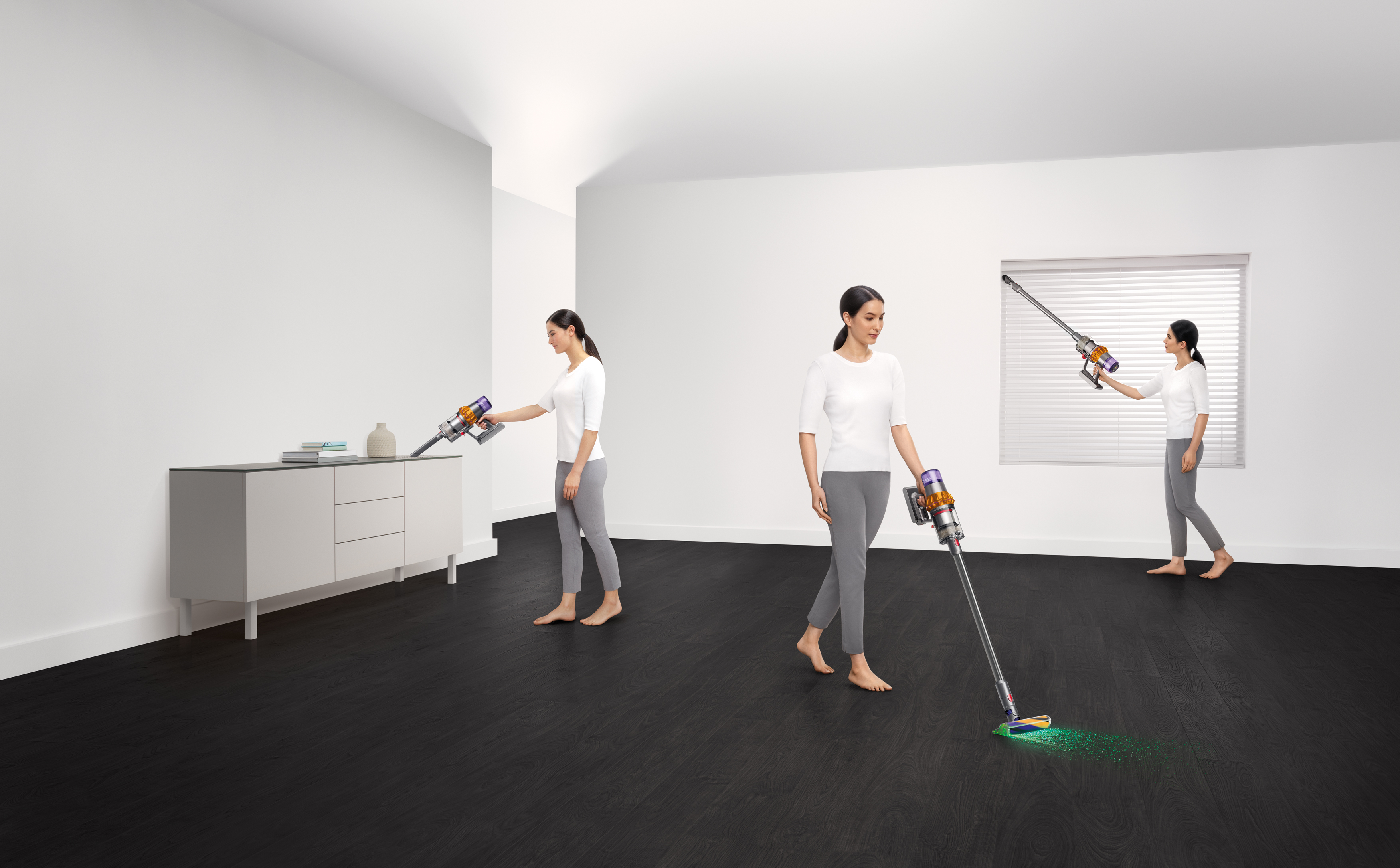 Dyson V15 Detect vs Dyson V12 Detect Slim – which is right for your home?
Dyson V15 Detect vs Dyson V12 Detect Slim – which is right for your home?I've spent more than 200 hours testing vacuum cleaners and these two cordless Dysons are my personal favorites
By Dan Fauzi
-
 Your perfect Easter menu: our favorite Easter recipes for effortless entertaining
Your perfect Easter menu: our favorite Easter recipes for effortless entertainingFresh flavors, easy dishes, and crowd-pleasing ideas – our selection of Easter recipes make for a relaxed yet elevated spring celebration
By Alice Hart
-
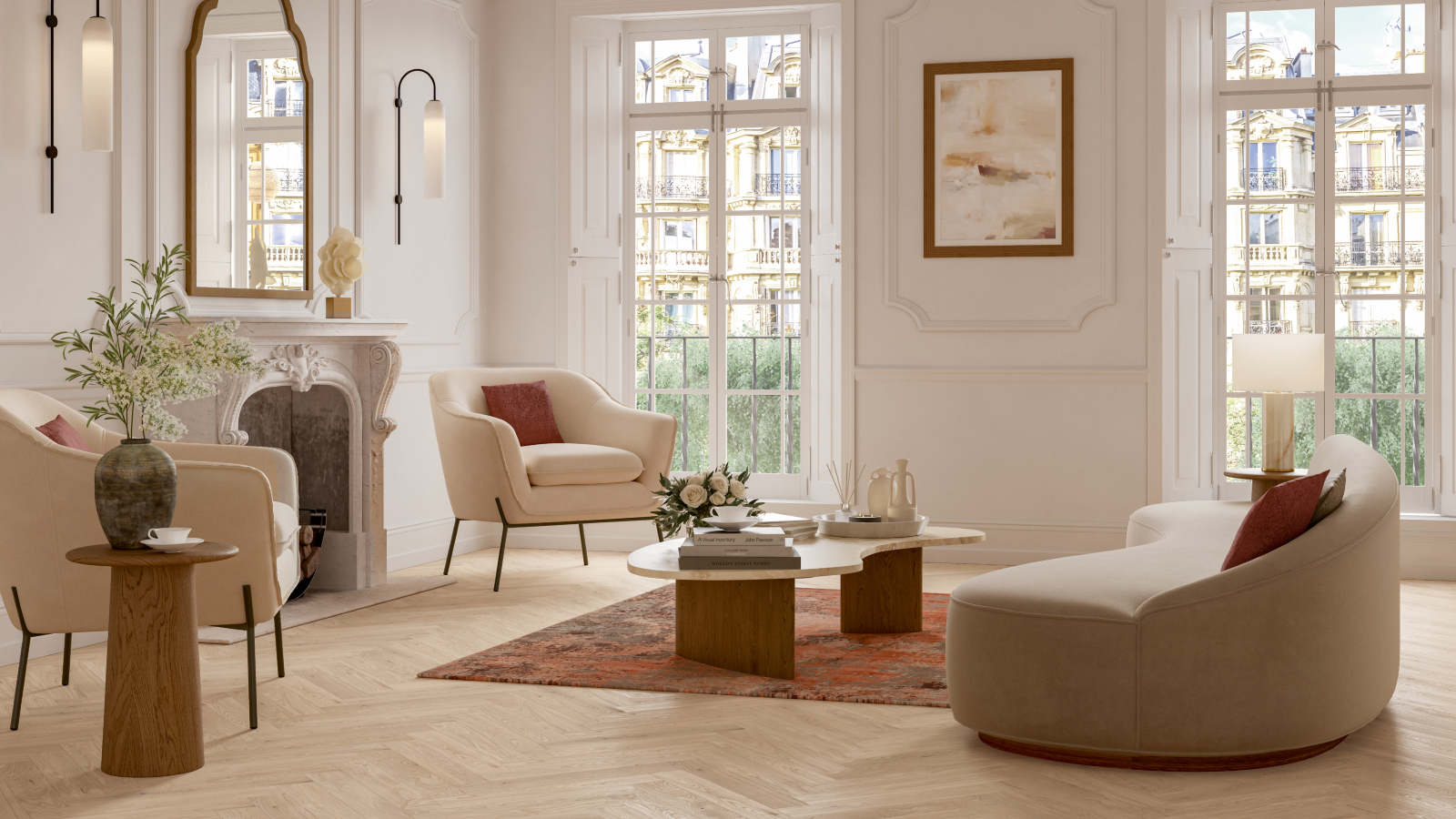 9 ways to cool down a hot apartment in winter – and they don't cost the earth
9 ways to cool down a hot apartment in winter – and they don't cost the earthHVAC experts share their top tips for climate control when you don't control your thermostat
By Ottilie Blackhall
-
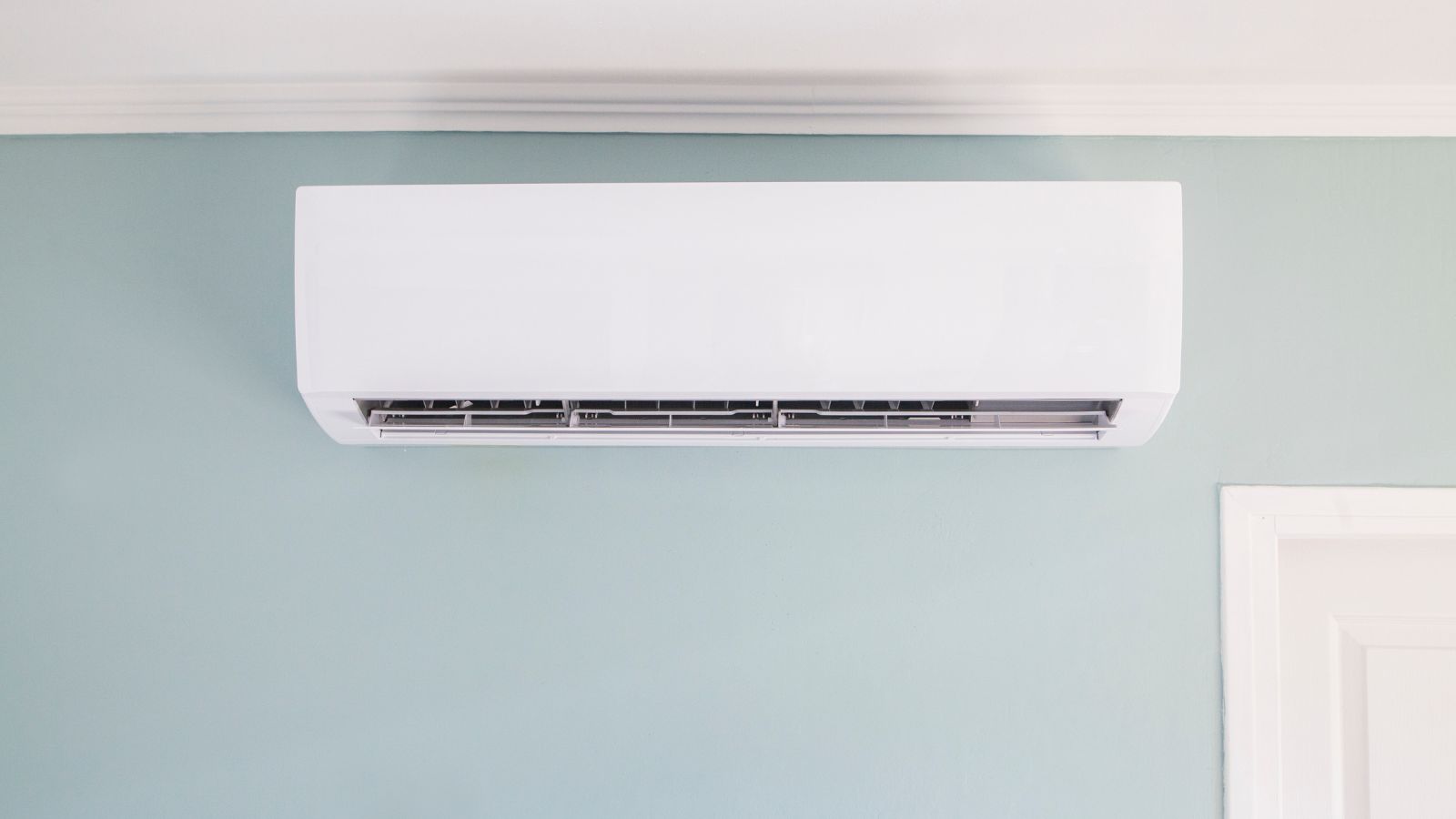 Portable air conditioners vs central AC units: the difference, pros, cons and which is best for you
Portable air conditioners vs central AC units: the difference, pros, cons and which is best for youOur HVAC pro compares portable and central AC to help you decide the better fit for your home
By Punteha van Terheyden